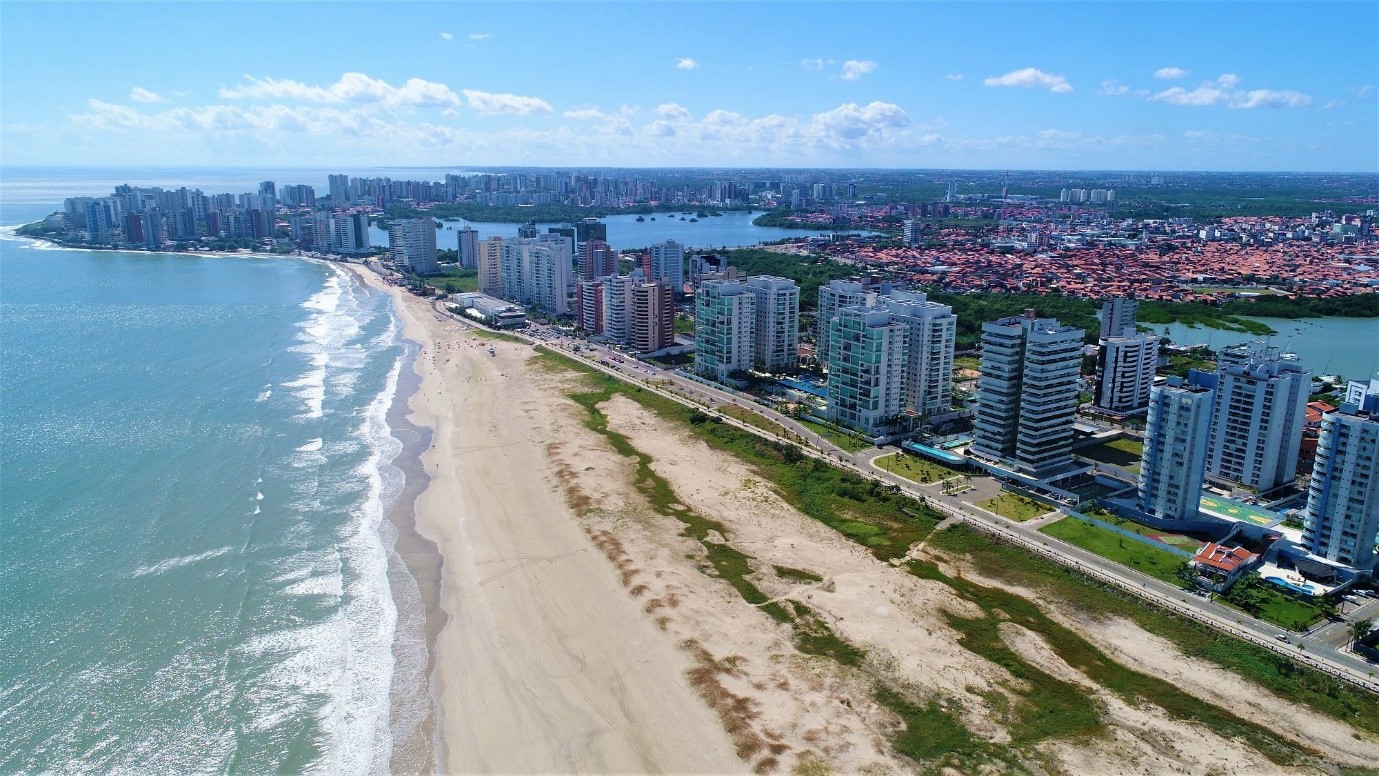Praia, the capital of Cape Verde and the main city on Santiago Island, is a thriving metropolis of about 130.000 people and check Tap Portugal Business Class. And, while this may appear “minor,” the entire country has a population of more than 500,000 people! It can be difficult to discover information online on what to do in Praia, Cape Verde because the city (and, by extension, the entire island) is skipped in favour the airports of Sal and Boa Vista, or Praia, are utilised as layovers on the way to other islands. This is unfortunate because Praia, Cabo Verde’s social and economic center, is with antique relics hiding around every corner.
Wander at the oldest settlement
Praia is located on a plateau, which explains the name of its most central suburb. Plateau, in fact, is the city’s oldest town! Local markets, banks, tiny cafes and ice cream shops, small parks where locals congregate, restaurants, convenience stores, and a few shops may be here. Smaller than expected for a major city, yet large enough to spend a few hours.
Read Also: Tap Portugal Business Class
1. Tiny museums
The majority of the museums are also in/around Plateau. Of course, as a rather impoverished country, we cannot expect large museums, but the small ones that can be here are symbolic of the nation’s (quite brief) history. If you want to learn about the history of West African revolutions and independence, go to the Sala-Museu Amilcar Cabral, which is position and identified by the graffiti outside its building.
2. Ethnography museum
There is also an ethnographic museum (also located) and an archaeology museum (which is a bit off the beaten path and must be sought out). Hidden behind the Academia de Artes/Cesaria Evora, it has a titanium entrance and does not appear to be a museum – unless you notice their sign, a bit of an adventure! It is a museum about shipwrecks and their discoveries on the islands of Santiago, Maio, and Boa Vista; I thought it was excellent!
3. Beaches
Most tourists only come to Plateau during the day and prefer to stay near the beaches (if they come at all). The beaches from Plateau to the port are not suitable for swimming (see photo below), but there are smaller or larger sandy bays on the other side. Of course, there are hotels, embassies, and other tourist amenities nearby, but the beaches are still free and available to the public! My fingers hoped they stay that way!
4. Exercise with locals
The locals make full use of the open spaces. We came to see locals performing yoga in groups, swimming, capoeira, cardio/push-ups, running… pretty much anything! Don’t be afraid to join the club! Or, if you bring a football to the beach, there will be many people nearby eager to play soon after- grab the chance!
5. How safe is Praia?
This is an excellent question. We noted that the majority of Cabo Verdeans we spoke with from other islands consider Praia hazardous, and there are some incidents that back up this suspicion. Walking between districts is not suggested because there are many dead ends streets, many staircases, inadequate infrastructure, inaccurate maps, and so on. What exactly did we do? We walked everywhere (yes, even between districts!) and even at night- parts of the narrow cobblestone streets were, but we had no problems.
6. Where to stay in Praia
We selected to stay in the Santo Antonio area, in the northern, less developed local neighborhood, because I wanted to be halfway between the Plateau and the shore. We were also about 15 minutes on foot from Praia Shopping (there is a great supermarket on the subterranean floor but no banks or ATMs as of 2019!). But, if you want to spend time in Plateau or near a beach, make your selection. The beaches I would recommend staying near are Quebra Canela or Prainha e de todos/ Prainha.
Read Also: Tap Airline business Class
7. How to get to Praia
By plane: Praia has an international airport and direct flights from Senegal, the United States (Boston), Portugal (Lisbon and Ponta Delgada, Azores), Morocco, Guinea-Bissau, and other countries. But, other than Portugal, there are currently no more flights to/from Europe. This explains why Santiago has failed to become a popular tourist destination.
But, because Praia connects all the islands with airports (excluding Brava, Fogo, and Santo Antao), tourists are more likely to arrive from Sal/ Boa Vista rather than Europe!
By ferry: There are links to all Cabo Verdean islands, but schedules can be unpredictable and voyages can be lengthy (depending on the target island). We’ll go over it in more detail in an after post!
8. How long should you stay in Praia?
These are common inquiries I’ve received since my return. First, do not skip it! Aside from the things to do in Praia stated above, there is the sensation and observation of actual local life that you “need to” experience to have a whole picture of Cape Verde. Aside from that, you may not be impressed by the city itself, but that is part of the purpose!
Read More: Air Portugal Business Class
In terms of the days… you can spend two days in Praia without rushing to see everything, allowing you to enjoy your time there. As always, my suggested time is for a DIY vacation in which you will be responsible for all arrangements. If you don’t have much time, one full day can see most of the must-sees, but this time to be insufficient unless you have a guide/organized transportation and don’t spend any time.
Praia is an underestimated destination with few activities but is indicative of local culture and life. A nice time to visit Praia and Cape Verde is around November, which is the beginning of the season/end of the wet season, thus prices are lower.
So, what are your thoughts? Would you consider stopping in Praia for a few days?
